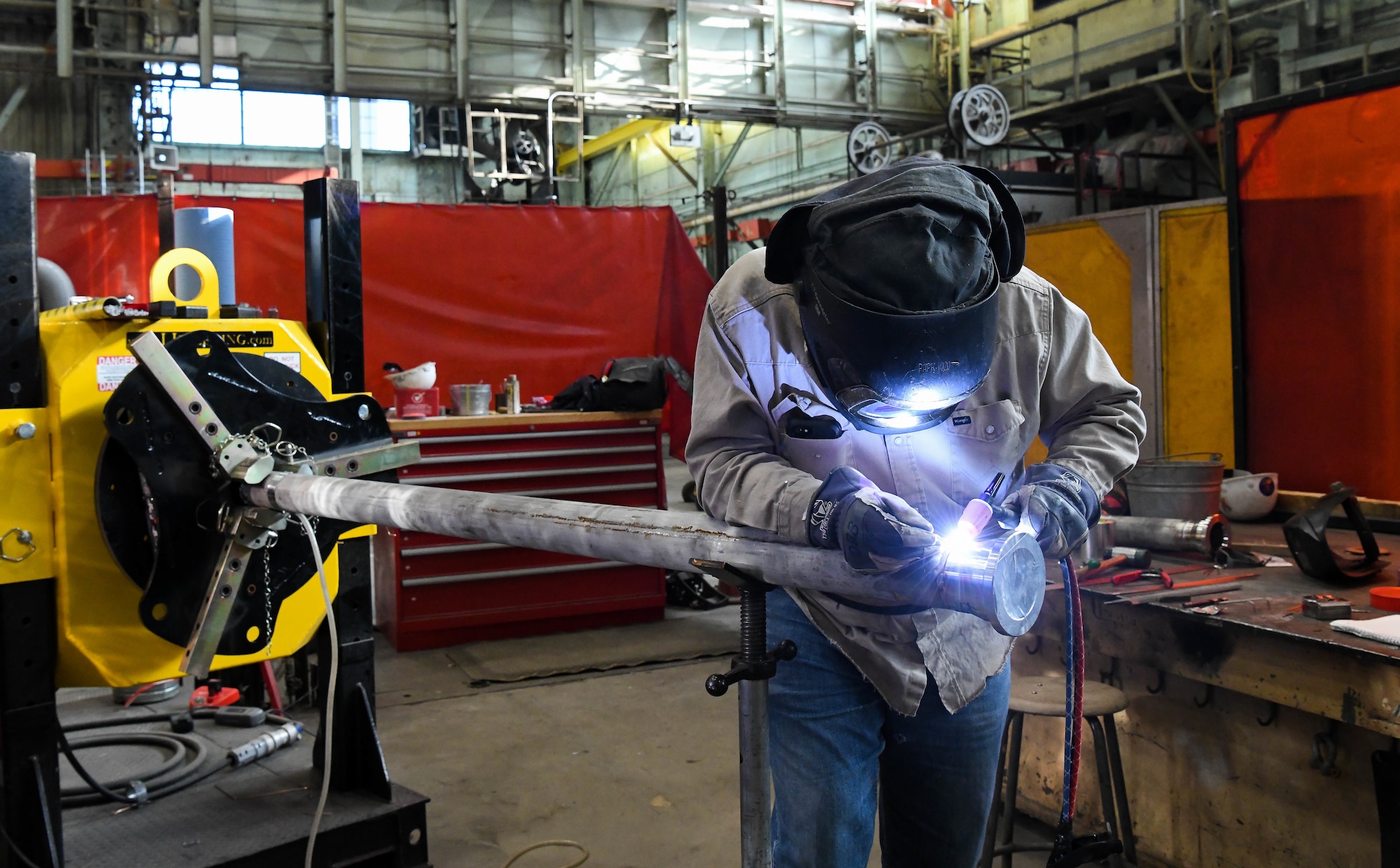Comprehending Welding WPS: Comprehensive Overview for Welders
Comprehending Welding WPS: Comprehensive Overview for Welders
Blog Article
The Ultimate Overview to Welding WPS Procedures: A Detailed Overview for Welders
In the intricate world of welding, Welding Procedure Specifications (WPS) serve as the foundation of ensuring high quality, uniformity, and security in welding operations (welding WPS). As we dig into the various components of a WPS and explore the complexities of qualification and certification, we will uncover the vital role these treatments play in the world of welding.
Value of WPS Procedures
Comprehending the relevance of Welding Procedure Specifications (WPS) treatments is crucial for ensuring the top quality and honesty of bonded structures. WPS treatments work as a roadmap for welders, detailing the needed steps, parameters, and products called for to accomplish a sound weld. By adhering to WPS standards, welders can make certain uniformity in their job, causing structurally sound and dependable welds.
One of the key factors why WPS procedures are essential is their duty in preserving weld quality and honesty. Complying with the specified welding criteria and methods outlined in the WPS aids avoid defects such as porosity, fracturing, or incomplete blend, which can endanger the stamina and toughness of the weld. Additionally, WPS procedures are important for ensuring conformity with industry requirements and codes. By adhering to well established WPS standards, welders can show that their job meets the essential requirements for safety and security and quality, supplying assurance to customers, assessors, and regulatory bodies. Fundamentally, the importance of WPS treatments can not be overemphasized, as they are fundamental to accomplishing consistent, premium welds that meet industry requirements and specs.

Elements of a WPS
A Welding Procedure Specification (WPS) generally comprises essential parts that information the particular requirements for implementing a weld, ensuring consistency and top quality in the welding process. The vital elements of a WPS include crucial variables such as base steels, filler metals, interpass and preheat temperature levels, welding processes, securing gases, welding settings, and post-weld heat therapy requirements.
Base steels refer to the products being joined, while filler steels are utilized to fill the void between the base steels during welding. Preheat and interpass temperature levels are vital for controlling the warmth input and stopping issues like fracturing or distortion. The welding process lays out the certain technique to be used, whether it's gas steel arc welding (GMAW), protected steel arc welding (SMAW), or one more approach. Shielding gases shield the weld pool from climatic contamination. Welding settings specify the orientations in which welding can be performed. Post-weld warm therapy may be needed to ease stresses and enhance the weld's homes. A thorough understanding of these elements is crucial for producing a comprehensive and efficient WPS.

Qualification and Certification
Having established the necessary components of a Welding Treatment Requirements (WPS), the emphasis currently changes in the direction of the essential elements of certification and accreditation in welding techniques.

Qualification, on the other hand, is the official acknowledgment of a welder's qualifications by a pertinent accreditation body or company. Welding accreditations are generally based upon the particular welding procedures, materials, and positions a welder is qualified to work with. Holding a valid welding certification demonstrates that a welder fulfills sector criteria and is experienced to perform welding jobs to the called for requirements.
Producing a WPS
To create a Welding Treatment Spec (WPS) that satisfies market standards, cautious consideration of welding processes, materials, and functional parameters is vital (welding WPS). The initial action in creating a WPS is to identify the welding procedure to be utilized, such as gas steel arc welding (GMAW) or shielded metal arc welding (SMAW) Once the welding process is figured out, the following essential element is choosing the ideal products, taking into consideration factors like base metal type, thickness, and joint style. Operational specifications such as welding present, voltage, travel speed, and protecting gas structure need to likewise be meticulously defined in the WPS.

Executing and Keeping An Eye On WPS
Upon completing the extensive Welding Treatment Specification (WPS) that diligently details welding processes, products, operational criteria, and quality guarantee steps, the emphasis shifts to properly carrying out and checking the recognized procedures. Implementation includes making certain that all welders entailed in the job are familiar with the WPS and follow it diligently throughout the welding process. Effective execution and surveillance of the WPS are vital for guaranteeing the integrity, toughness, and security of the welded joints, inevitably adding to the overall success of the welding task.
Conclusion
Finally, understanding and adhering to Welding Procedure Specs (WPS) is critical for welders to guarantee high quality, uniformity, and security in their job. By knowing the components of a WPS, acquiring correct credentials and certifications, producing in-depth treatments, and implementing and monitoring them efficiently, welders can improve their abilities and effectiveness in welding techniques. Abiding by WPS treatments is important for generating high-quality welds and conference sector standards.
In the intricate world of welding, Welding Procedure Specs (WPS) offer as the foundation of making certain quality, uniformity, and security in welding operations. The welding process describes the certain method to be used, whether it's gas steel arc welding (GMAW), secured steel arc welding (SMAW), or an additional approach.To create a Welding Treatment Spec (WPS) that satisfies sector requirements, cautious consideration of welding procedures, products, and functional criteria is essential. The very first visite site step in producing a WPS is to determine the welding procedure to be made use of, browse around here such as gas steel arc welding (GMAW) or protected metal arc welding (SMAW)Upon completing the extensive Welding Procedure Specification (WPS) that carefully details welding procedures, materials, operational specifications, and high quality assurance measures, the emphasis moves to efficiently implementing and monitoring the recognized procedures.
Report this page